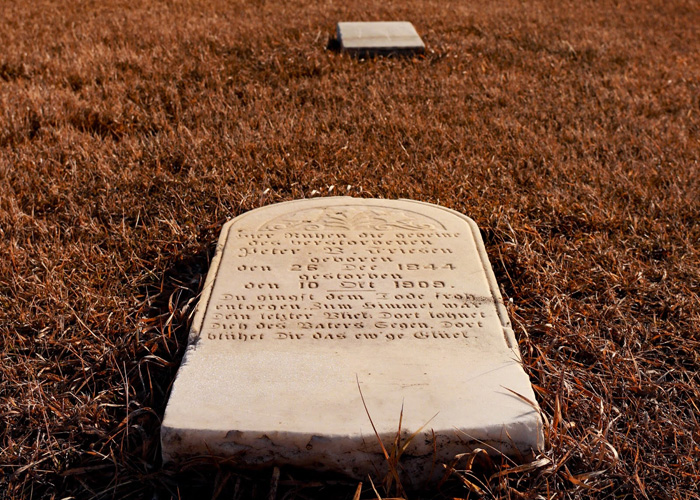Count me among the odd, but I love cemeteries. These sacred places hold within them a treasure trove of stories. Women, men, and children laid to rest in these pastoral settings led fascinating lives filled with celebrations, ceremonies, disappointments, and struggles. My vivid imagination can’t help but read the information held on the grave markers and wonder about some of these details.
Back when I owed a motorcycle, a 1983 V45 Magna for those who care about such things, my favourite ride would eventually find me riding the winding river road from Skinner’s in Lockport down through St. Andrew’s. On those rides I would stop at the St. Andrew’s Anglican Church, a small historical church located on the banks of the Red River. The church building is situated on several acres of land which is outlined by an old limestone wall. Scattered around the church are grave markers. They are everywhere. There are even some lining the path toward the church entrance.
Upon seeing all the grave markers, I set out on a mission to find the oldest grave marker on the yard. Assuming that the ones closest to the building were there because they had run out of room elsewhere, I began my search closer to the river where I could see some decaying gravestones. They were old, but not as old as I thought they should be based on the establishment of the church. I circled around back and went toward the tree line in the back thinking that perhaps they started further away from the church. As I went further back the dates seemed to be getting closer and closer to present times.
It was only upon examining the markers closest to the church and along the pathway that I found the oldest dates. A few weeks later I was attending a seminar on Christian rituals when the presenter revealed that many churches situate their cemetery around the building to remind worshippers of those who have borne witness to the faith before them. These visual artefacts of faith represent lives that serve as guideposts for our own lives, helping us remember the joys, sorrows, successes, and failures of those who no longer walk among us.
As we approach All Saints’ Day, we are invited to remember the lives of those who have died. We celebrate their accomplishments, remember their stories, and notice their traits passed down the generations. Yet not all is glorious and glamorous about those who have passed away; in fact, their memory may recall pain and suffering. We cannot change the story of their lives, but we can shape ours to love more than we hate, to give more than we take, and listen more than we speak.




